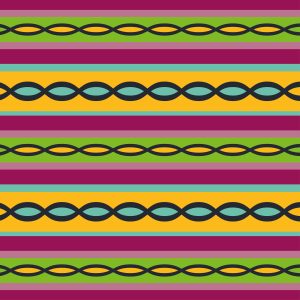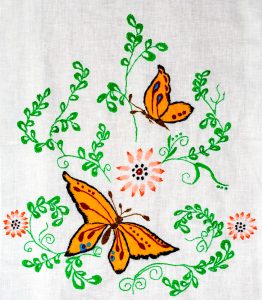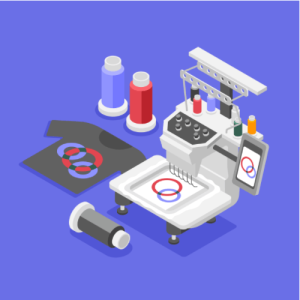How to Remove Embroidery Safely: Expert Tips for Fabric Protection
Embroidery adds style, texture, and personality to clothing and accessories. But sometimes, you might want to remove it—maybe there’s a stitching error, a logo change, or you just want to reuse the fabric. Whatever the reason, removing embroidery safely is essential to prevent fabric damage. With insights from experts at...











